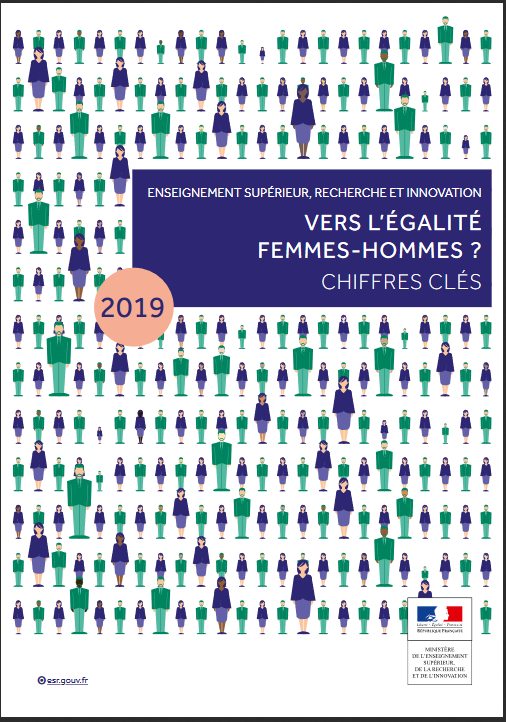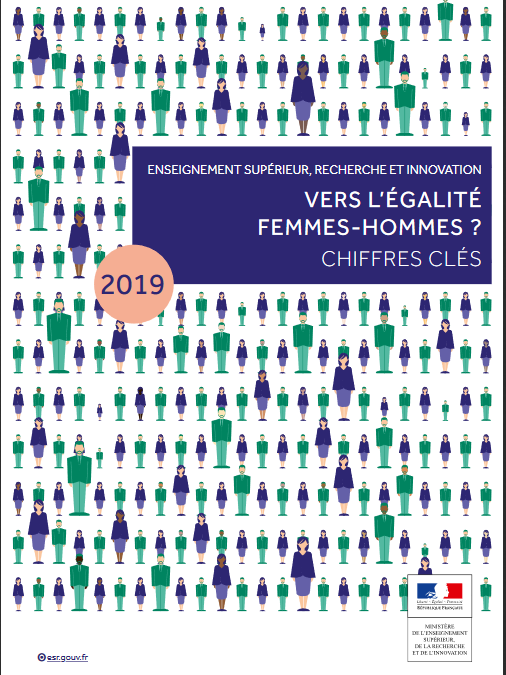
The key figures for gender equality in higher education, research and innovation were published on March 8, 2019.
A 12-question multiple-choice questionnaire accompanies this document.
Here's the foreword to the brochure written by MESRI Minister Frédérique Vidal.
Foreword
Equality between women and men is one of the major principles of the European project. On the international agenda, France has made this fight one of the priorities of its Presidency of the G7 this year,
with three main objectives: protection of women against violence, girls' access to education and women's entrepreneurship.
In France, measures designed to promote the fair representation of women in French society and respect for their rights are part of interministerial policies, in line with the
President of the Republic to make gender equality the major cause of his five-year term. The Ministry of Higher Education, Research and Innovation is playing an active part in this.
Mobilization in favor of gender diversity and parity relies on shared, objective knowledge of reality, with a variety of perspectives, to fuel effective action. It's this reality that the third edition of the publication "ESRI - Towards gender equality?" reveals. It highlights the gaps between women and men in all areas of ministerial action: training in higher education, teaching and research staff, governance bodies and innovation. This edition is enriched with new indicators, in particular on prizes and distinctions awarded to the most outstanding researchers. As in previous editions, the French situation is presented alongside international comparisons.
The figures published this year give us some grounds for satisfaction, but above all they show just how far we still have to go!
Although parity in management bodies has progressed thanks to the legislative and regulatory provisions that require it, women are still very much in the minority in the most senior positions. Barely 17 % in universities are headed by women. Although the proportion of women among public-sector researchers has risen by 6 points in 15 years, to 39 %, it is still only 25 % for university professors and 30 % for research directors. On a positive note, women's research excellence in the public sector is now widely recognized, with public research bodies recently awarding 42 % of the highest distinctions to women. In the private sector, on the other hand
The feminization of research is still very low at 21 %, and no major progress has been made. Under these conditions, it is hardly surprising that barely one in seven patents is filed by a woman.
The place of women in research, and particularly in scientific research, is first and foremost a question of educational choice. In 2019, beyond individual tastes, self-censorship is likely to continue to hold young women back from scientific training and careers. Although women make up the vast majority of students in higher education, they are still very much in the minority in selective training and scientific courses: barely 28 % of them are enrolled in engineering or basic science courses at university.
We therefore need to step up our efforts to remove the structural and cultural obstacles to an equal distribution of women and men in training and the various professions in higher education and research.
In fact, our ministry's target is to have 40 % women in scientific fields by the start of the 2020 academic year. The will to act and the pursuit of comprehensive equality policies are more essential than ever.
Frédérique VIDAL
Minister of Higher Education, Research and Innovation

